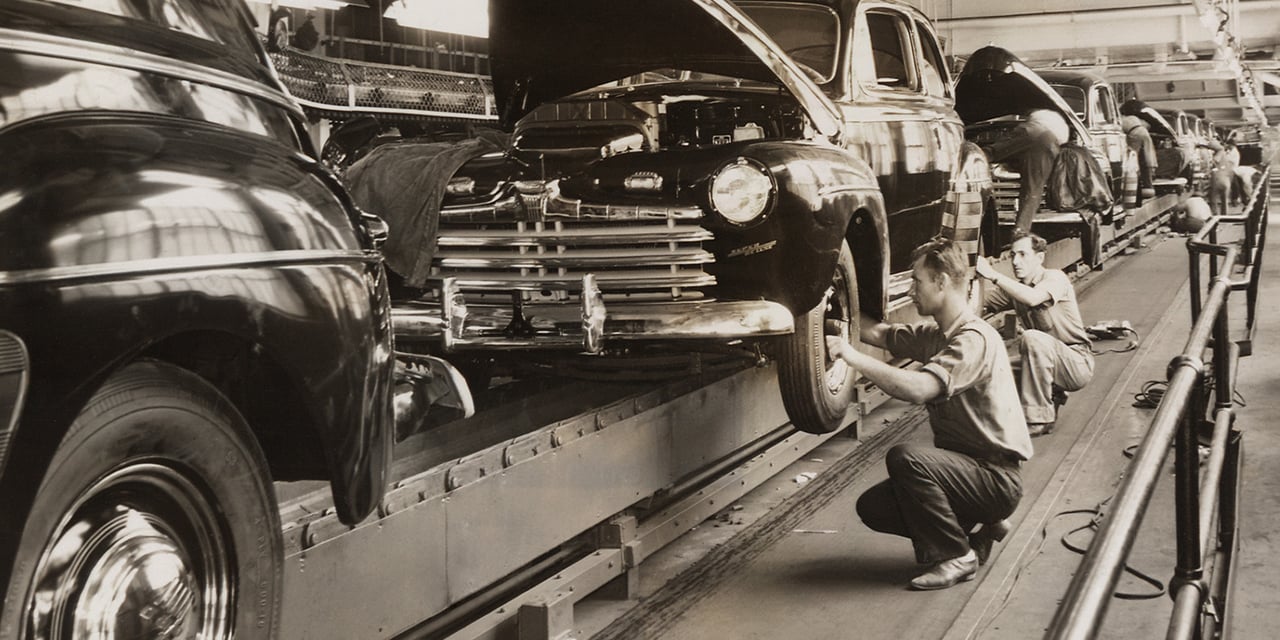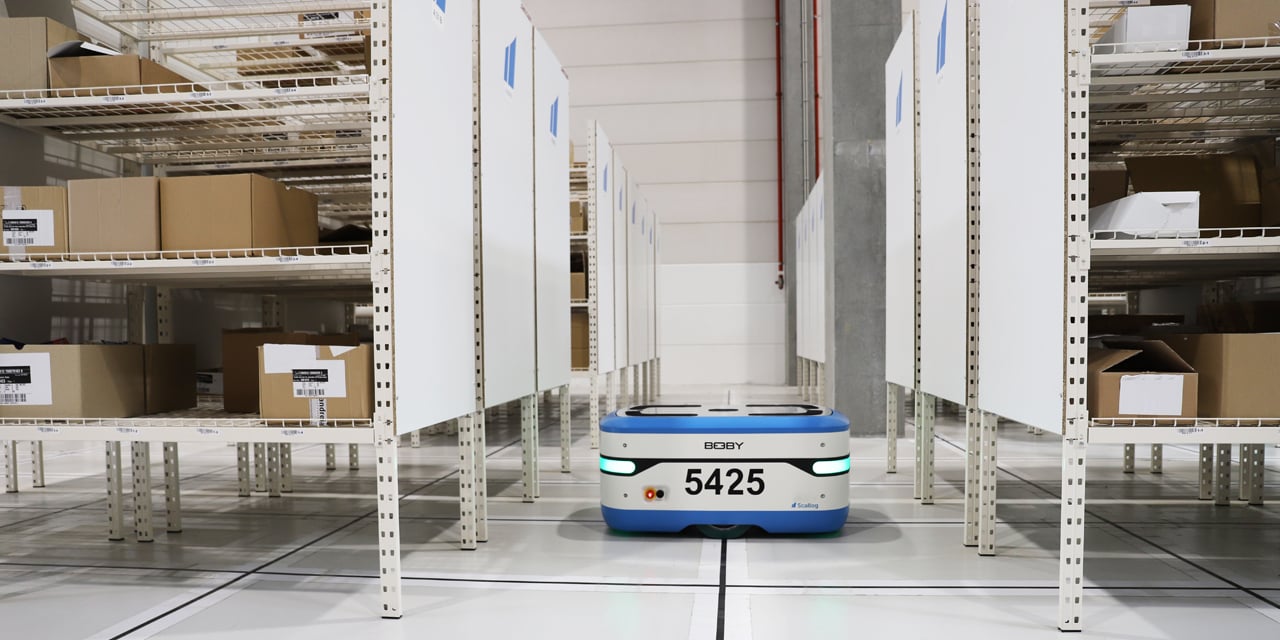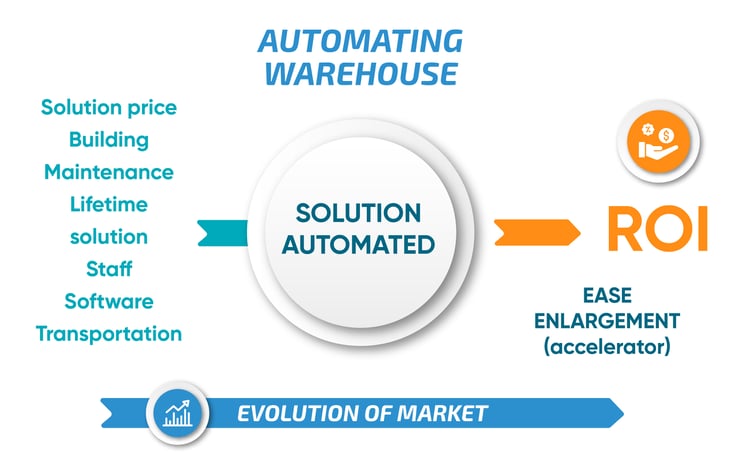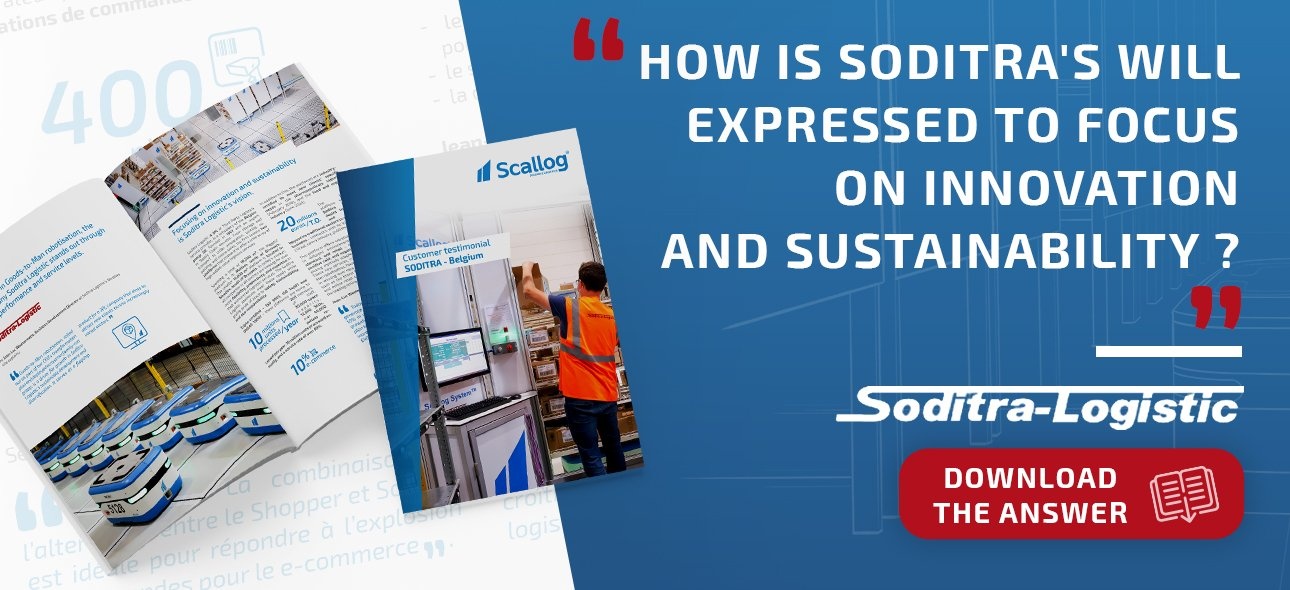Warehouse is a significant undertaking with a big impact in terms of business strategy.
It requires a complete rethink of its logistics flows and its entire supply chain, from manufacturing to end consumer.
But automation allows us to adapt to new realities such as the e-commerce boom and the rise of omnichannel.
So, what’s the most reliable method of calculating the Return On Investment (ROI) of such a project? Read on for our answers.
ROI is defined as the value yielded by an investment based on a calculation of initial costs and break-even point.
Determining the ROI of a logistics automation system requires comprehensive data analysis.
We have to take into consideration:
- sales and sales trends,
- the technical complexity of the different storage systems available,
- the impact of automation on warehouse space and on the work of operators.
These are the aspects we have to consider for a better understanding of the ROI calculation during a warehouse automation project.

© Supply hub automation is a strategic project for the company.
Managing risk in a changing market
Levels of familiarity with warehouse mechanization vary greatly from one sector to another:
- The automobile industry has used assembly lines since the days of Henry Ford
- The agri-food industry introduced mechanization in the late 1980s.
- In the logistics sector, however, mechanization - or automation - has only emerged in recent years.
The major player in logistics services, Géodis, even hired a dedicated consultant specializing in the management of warehouse mechanization projects.

© This industry has been using mechanization since the beginning of the 20th century
Major industrial groups often enjoy stability and have significant investment power.
But they too are impacted by the changes in consumer behaviour.
For example, in the French automotive sector, NGC-Data® reported a 8% drop in new vehicle registrations in 2022.
An e-commerce start-up with good sales growth will naturally be interested in warehouse robotics.
In an effort to control costs and the risks associated with a high level of competition, such a company will often prefer a lightweight, flexible and easy-to-relocate mechanical solution to a heavier installation costing several million euros.
The impact of the solution on the physical warehouse and storage space
The retail sector is adding significantly to the number of products it offers, while simultaneously reducing stocks in stores.
For distribution centres, this means more storage space is required, sometimes even to the point where a costly move to a larger site has to be envisaged.
An automated logistics solution always allows the densification of existing storage space.
This is a major advantage, not only for warehouses wishing to avoid relocation, but for smaller structures too, as it allows them to optimize their performance via e.g. a micro-fulfilment solution.
The need to make structural modifications to the building and the complexity of the installation vary according to the automated system.
Deployment Scallog’s AMR robots requires nothing more than a flat floor (repaired if necessary), on which guide strips for the robots are placed. This solution works in existing sites and does not require any special site conversion.
Other solutions, however - shuttle, stacker crane, Autostore and Exotec - do require structural modifications to the site:
- reconstruction of floor slab to support the weight of the equipment and provide perfect flatness,
- insertion of anchoring devices in the floor to fix components in place
- adjustment to available ceiling height (Exotec Skypod requires a reinforced metal structure at least 10 metres high)
All these adaptations signify additional costs, over and above that of the automation solution.

© Scallog robots operate by means of adhesive guide strips on the floor.
Automated systems and cross-functionality: transport, IT and HR
The automation of logistic flows means movements into out of the distribution centre have to bere-designed. Sometimes, therefore, transportation densification is integrated into the ROI of warehouse automation.
All logistics experts stress the importance of data communications between the WCS –the software controlling the mechanized solution - and the WMS or ERP software of the distribution centre.
As Olivier Rochet, CEO of Scallog (himself an IT engineer by training) explains, the management software of Scallog is capable of allocating storage locations and optimizing the preparation of orders in real time.
The smarter the WCS, the less the need for interfacing with a WMS. (Olivier Rochet, Scallog)
Supply hub personnel deserve special attention. Their level of familiarity with new automated storage technologies has to be taken into consideration: we mustn’t make the learning curve too steep.
In regions with labour shortages, automation gives a clear advantage. The same applies to staff absences during health crises. For the operators themselves, automatic sorting and storage systems reduce the physical strain of work. Reducing accidents and musculoskeletal disorders leads to improved workplace health.
© Watch the full “ROI and Supply Hub Robotics” round table on the Scallog Replay website.
The costs of an automated solution in the ROI of warehouse mechanization
Total costs break down as follows:
Installation costs relate to building layout, hardware (e.g. conveyor, AMR. robots etc.) and integrated software.
Annual maintenance costs: the customer can often choose between a full maintenance package or shared maintenance costs between the customer and the solution vendor.
“ At Scallog we help customers negotiate the learning curve in terms of technical maintenance of the solution ” (Olivier Rochet, CEO)
The utilization rate is an important factor to consider. The productivity gains obtained by the company vary depending on whether the installation runs e.g. only 5 days a week or in 24/7 mode, and also on the aforementioned maintenance needs.
The lifetime of the installation, which is generally estimated to be between 10 and 15 years, is another crucial aspect.
Versatility and adaptability must also be considered. Scallog, whose name is a portmanteau of the phrase “scalable logistics”, emphasizes the scalability of its solution : if business is growing, the customer can easily increase the number of mobile shelf units and goods to man robots.

© The ROI calculation takes a multitude of parameters into account.
Scallog - Supply hub automation ROI in a maximum of 3 years
Supply chain consulting firm DIAGMA recommends that professionals take the long view - 5 to 15 years - for their automation projects, even if ROI is reached earlier.
The flexible solution offered by Scallog perfectly meets the needs of both large and small businesses in retail and e-commerce.
Scallog’s Starter Kit, comprising 4 goods to man robots, 100 mobile shelf units and 1 workstation, can be deployed in just 3 months.
As business volume increases, it’s easy to scale the solution up. Scallog customers typically reach ROI in 2-3 years.





Laisser nous votre commentaire